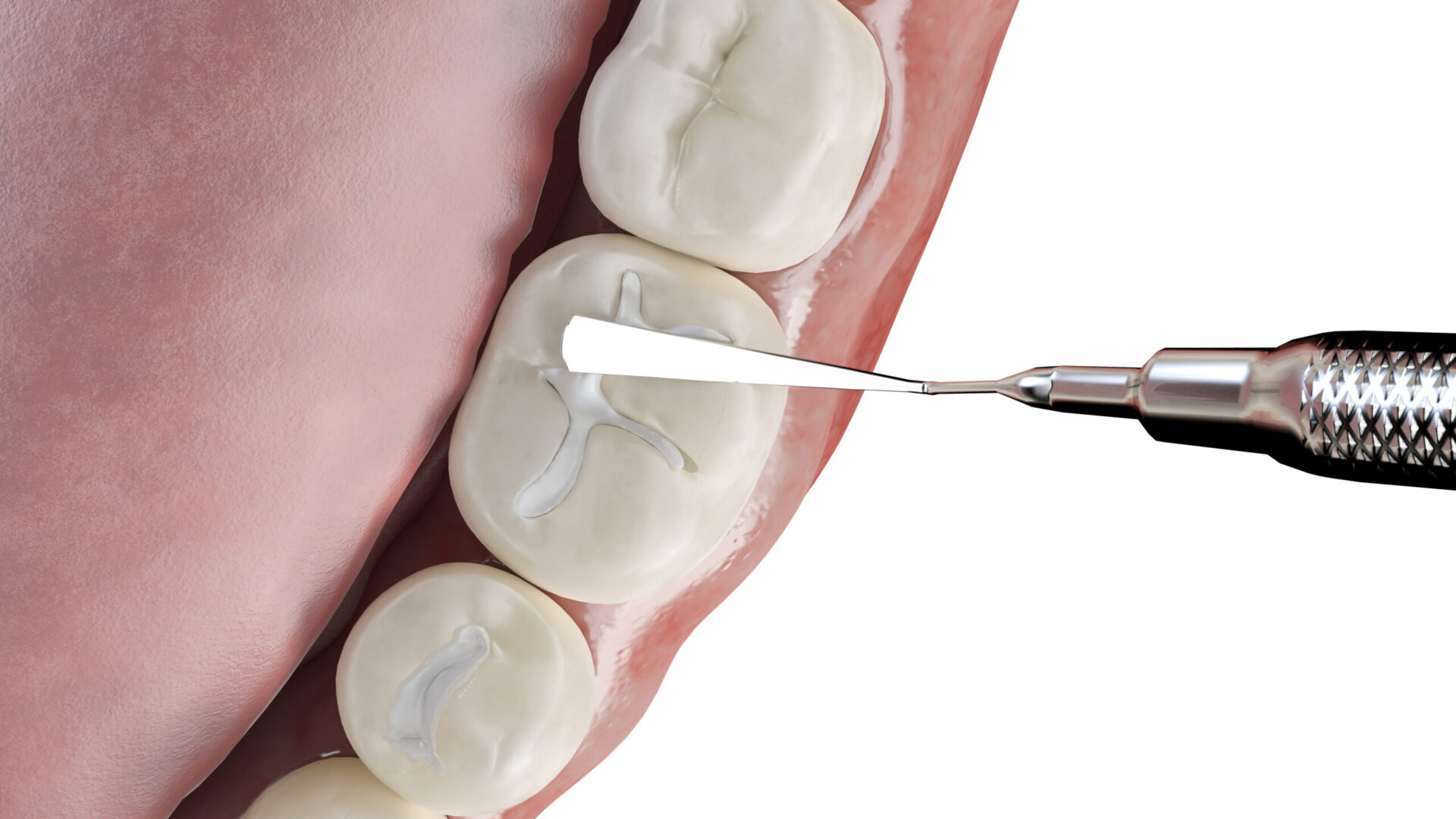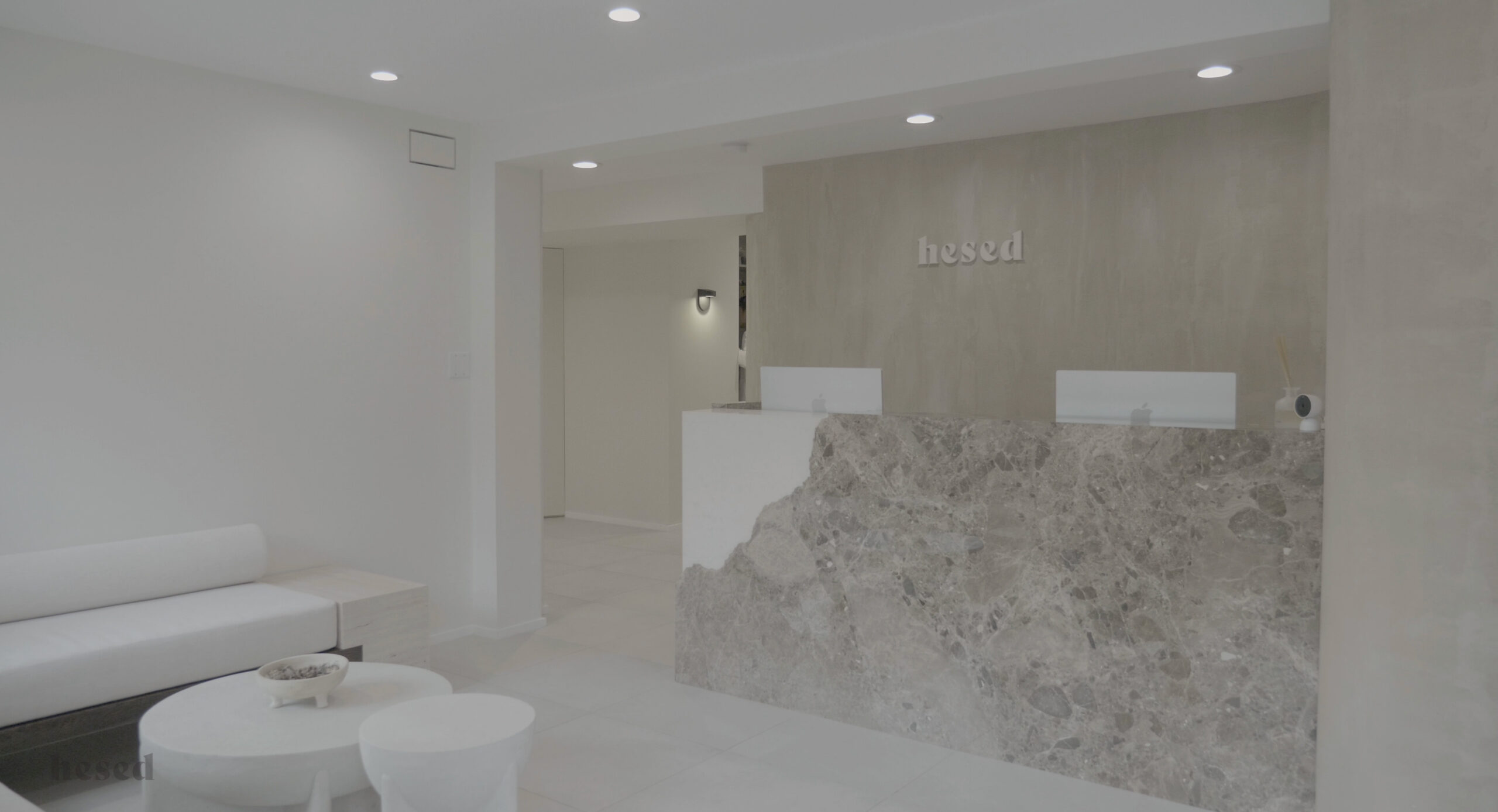In America, one in four people between the ages of eighteen and sixty-four have decayed or carious teeth. There are various reasons for such high numbers, including poor eating habits, improper oral hygiene, and dehydration. Such teeth are commonly restored with porcelain or composite filling. Let’s look at the article below to understand which is better amongst porcelain fillings vs composite.

Porcelain filling is a ceramic/porcelain replacement of a lost tooth structure bonded to the remaining tooth structure.
Porcelain tooth fillings can be of the following types:
This is the type of porcelain filling that is present within the tooth. It is surrounded by natural tooth structures from all sides.
Porcelain onlays cover the tooth’s biting surface and may also include one of the cusps.
Porcelain overlays usually cover the lateral aspect of the tooth, two cusps, and more area than inlays or onlays. It is used when the tooth is severely decayed or cavitated.
Composite has various types depending on its content and filler material.
For instance,
A composite filling is a biocompatible material made from powdered glass fillers and plastic resins. The unique properties of composite make it suitable for restoration of tooth cracks, cavities, decays, etc.
Let’s see the types of composite to understand the differences between porcelain fillings vs composite.
Composite has various types depending on its content and filler material.
For instance,
The procedure of porcelain fillings vs composite is explained below:
The process of composite fillings is straightforward and patient-friendly. The procedure can be completed in one dental appointment.
After the initial clinical history, assessment, and X-rays, the dentist briefs the patient on the procedure. It is essential to share all the procedure details with the patient and counsel them properly.
The next important step is the selection of the right shade of composite. It matches the natural tooth color to maintain the aesthetics of the patients.
The decayed or cavitated part of the tooth is removed, cleaned, and dried. If the patient complains of discomfort, a numbing agent is given to ensure a pain-free experience.
A solution known as the etchant is applied on that tooth surface. Etchant contains 37% phosphoric acid, which makes the tooth surface porous. Once that is done, a bonding agent is used on the same surface. The bonding agent creates a strong connection between the composite filling and the natural tooth structure.
A special light is used to fix the bonding agent. After that, the composite is placed and given a proper shape. The tooth is again exposed to UV light to fix it. The surface of the filling is smoothened, and the patient is given post-op instructions.
Porcelain or ceramic fillings are different from composite fillings. In the first appointment, the decayed or cavitated tooth part is removed. The remaining tooth structure is cleaned. An impression is taken of the missing tooth part.
Once this is done, the porcelain filling is prepared in the lab using the impression. The filling is tried on the patient’s tooth without fixing it first. If it settles appropriately, it is permanently fixed on the tooth.
Unlike composite fillings, porcelain fillings take about two appointments.
Cost is an essential factor when choosing between porcelain fillings vs composite fillings.
The price of a composite filling varies between $140 and $500, depending on the number of tooth surfaces that need restoration.
A porcelain filling costs between $250 to $1500. The teeth of some patients may require a crown instead of filling. A porcelain crown costs about $1000 to $3500.
Longevity of the filling is one of the major concerns of patients. Let’s see, how long do these fillings last?
Porcelain fillings last at least 15 years. It is important to note that how you maintain the filling plays a significant role. You may have an optimal filling, but if you do not maintain it properly with tooth brushing and flossing, it will reduce the life of your filling. On the contrary, a well-maintained filling may last more than 15 years.
In addition, the lifespan of porcelain or ceramic fillings also depends on various factors, like the oral habits of the patient. These oral habits include teeth grinding, cheek biting, etc. Moreover, the quality of the ceramic being used, the filling formed by the lab, and the dentist’s skills play a significant role.
Ceramic fillings last about 5 to 8 years. Composite fillings have a comparatively shorter life. In the case of composite fillings, the location of the filling also decides its success. For example, a small composite filling on the anterior teeth may last longer than on the posterior teeth.
You can opt for a composite filling when an aesthetic filling is required. Composite fillings are best for anterior teeth. Moreover, chipped teeth can be conveniently restored with composite. These fillings are easily affordable. These are mercury-free alternatives to amalgam. The strength of composite fillings is appreciable. However, the strength is less than that of porcelain fillings.
Porcelain fillings are known for their strength. These fillings are long-lasting and are suitable to fill large cavities. However, porcelain fillings are expensive and less aesthetic than composite fillings.

After reading this article, you must have understood the difference between porcelain fillings vs composite fillings. Both types of fillings have their distinguishing features. Porcelain fillings are preferred when strength is a significant concern. However, when aesthetics are a priority, you can opt for composite fillings.
If you need clarification on porcelain fillings vs composite fillings, book your consultation today with the dental experts in NJ, at Hesed Dental. You can get budget-friendly porcelain fillings, or white composite fillings in NJ.
Your perfect smile is just a call away.

Hesed Dental 543 Gorge Road Cliffside Park, NJ 07010
201 941 8877